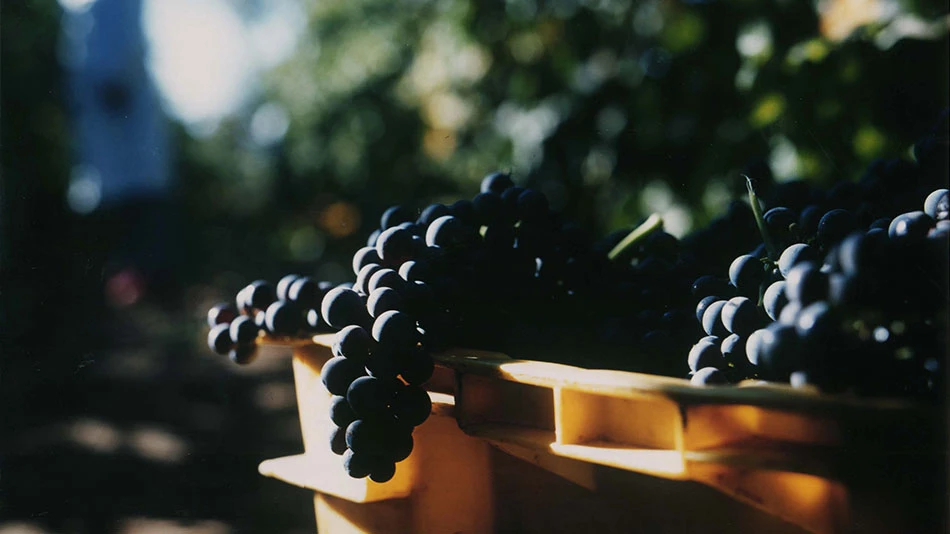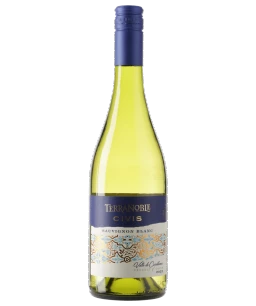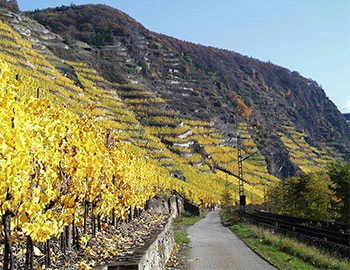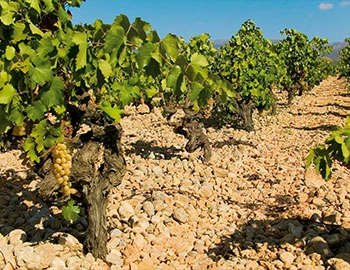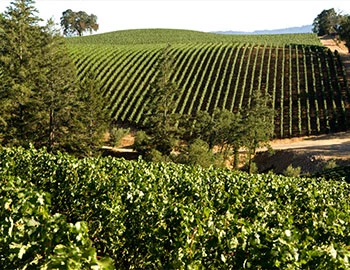Chile
Chile – Where fortune came from tragedy
Wine-growing in Chile was born less out of economic reasons than lifestyle. Like the rest of the world, its aristocratic landowners admired everything that came out of France. They imitated French culture, built their haciendas in French architectural styles, and took trips to France. In 1851, the first French vines were brought back and formed the basis for producing quality wines.
White wines from Chile
Red wines from Chile
The history of Chilean wine production, however, dates back to the 16th century, and begins with the continent’s conquest by Europeans. The Spanish reached the Andean country with vines in their cargo.
The monks were particularly impressed by the País variety, and they cultivated it diligently. Officially, this was to guarantee the inventory of sacramental wine (the País variety is also called Mission for this reason). The monks nonetheless very quickly recognized that selling the wines they pressed would provide a lucrative source of income.
In addition, land was allocated to settlers on condition that they planted vines there within a year – if not, the property was revoked.
Chilean grapes and the sea
Chile is a very long, very narrow country. Thus all of its wine regions lie close the Pacific, and the Humboldt Current, a cold ocean current off the west coast of South America, named after the German naturalist Alexander von Humboldt.
But apart from this, the geological and meteorological conditions in the valleys around Santiago are ideal. The settlers quickly found that the soils were particularly productive. In addition, there was more than enough fallow cropland available.
Phylloxera – A stroke of luck
With time, the yields of the vines, and the quality of their wines, continually improved. Chile thus became a serious competitor in the international wine world.
Phylloxera also lent a hand. The louse destroyed a large part of the European vine stock between 1867 and 1915, leading to a dramatic decline in European wine production. Chile was unaffected, however, to the great benefit Chilean vintners.
In the late 19th century, far more wine was produced than drunk in the country, and thus the search for new markets began. The search was successful, and today Chilean wine is appreciated throughout the world.
